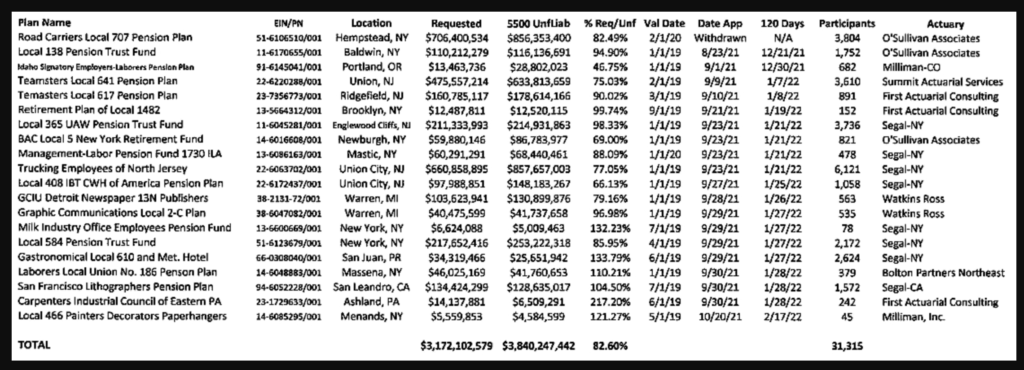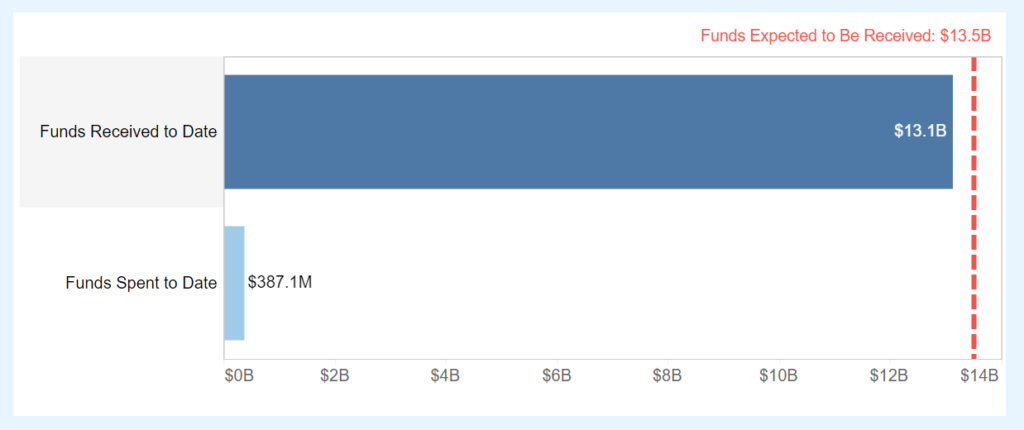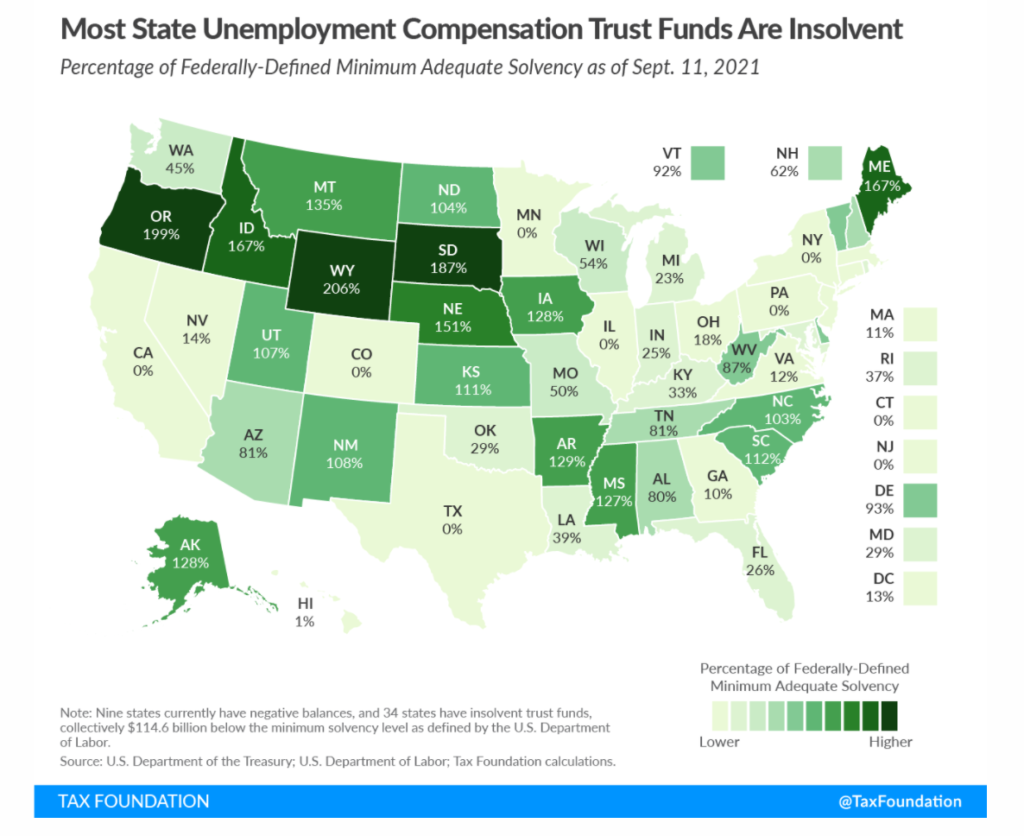Excerpt:
In fact, the state originally did intend to pay off the Federal Reserve loan with other federal bailout money from ARPA, the American Rescue Plan Act, according to The Bond Buyer. But the “Treasury threw a wrench in repayment prospects” when the initial federal guidance barred the use of ARPA aid for debt repayment. “The state lobbied for a change in a letter to Treasury Secretary Janet Yellen. But as state tax collections turned rosier, state leaders opted instead to cover repayment with tax collections,” says The Bond Buyer.
The bottom line is that all of us, as federal taxpayers, will bear the cost of the federal bailout, for Illinois and other states, whether through higher taxes to repay the Treasury or inflation created by Federal Reserve money creation. And Illinois will be worse off because only Illinois borrowed extra and incurred interest costs.
So, no, Governor Pritzker, paying back this loan ahead of schedule doesn’t mean Illinois achieved a “level of fiscal prudence not seen in our state for decades.”
Author(s): Mark Glennon
Publication Date: 7 Jan 2022
Publication Site: Wirepoints





